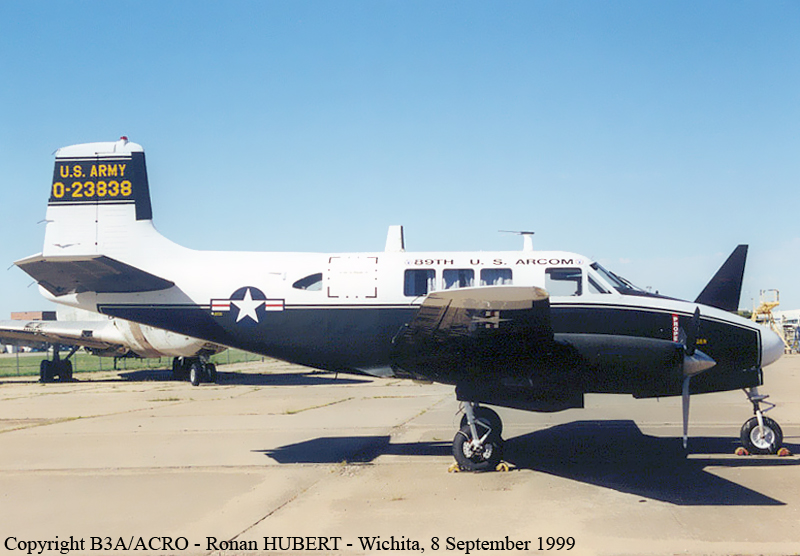Crash of a Piper PA-31T3-T1040 Cheyenne in Atlanta
Date & Time:
Sep 24, 1984 at 1609 LT
Registration:
N9193Y
Survivors:
Yes
Schedule:
Florence - Atlanta
MSN:
31T-8275010
YOM:
1982
Crew on board:
2
Crew fatalities:
Pax on board:
9
Pax fatalities:
Other fatalities:
Total fatalities:
0
Captain / Total hours on type:
439.00
Aircraft flight hours:
1857
Circumstances:
The normal fuel load for the flight was 1,500 lbs, but with a forecast tail wind and an estimated flight time for only 1+10, the crew accepted the lower indicated (950 lb) fuel load. The flight was uneventful until an indication of 250 lbs per side, then the fuel 'seemed to dissipate faster.' With an indication of 150 lbs on downwind, the copilot recommended declaring an emergency. The captain's response was to ask ATC for the anticipated length of the downwind leg. He was told 20 miles. Priority handling was requested, but was only available for a declared emergency. The approach was continued with normal handling for approximately 10 minutes. At 1608:39, the crew declared an emergency, then reported the aircraft was out of fuel. It crash landed on rough terrain, short of runway 08. An exam revealed fuel sensors had been improperly installed (interchanged between the inboard and outboard tanks). Thus the gages indicated about 180 lbs more than the approximately 763 lbs that was actually aboard at takeoff. A special 500 hour inspection of the entire fuel system was made on 7/8/84 using the 'wet' method, but only the capacitance method checks each individual sensor. All 11 occupants were injured and the aircraft was destroyed.
Probable cause:
Occurrence #1: loss of engine power (total) - nonmechanical
Phase of operation: approach - faf/outer marker to threshold (ifr)
Findings
1. (f) fuel system - incorrect
2. (f) maintenance, installation - improper
3. (f) engine instruments, fuel quantity gage - false indication
4. Maintenance, inspection - inadequate
5. (f) procedure inadequate - manufacturer
6. (f) fluid, fuel - low level
7. (c) in-flight planning/decision - improper - pilot in command
8. (c) remedial action - delayed - pilot in command
9. (c) fluid, fuel - exhaustion
10. Fuel supply - inadequate
----------
Occurrence #2: forced landing
Phase of operation: approach - faf/outer marker to threshold (ifr)
----------
Occurrence #3: in flight collision with terrain/water
Phase of operation: landing - flare/touchdown
Findings
11. (f) terrain condition - rough/uneven
Phase of operation: approach - faf/outer marker to threshold (ifr)
Findings
1. (f) fuel system - incorrect
2. (f) maintenance, installation - improper
3. (f) engine instruments, fuel quantity gage - false indication
4. Maintenance, inspection - inadequate
5. (f) procedure inadequate - manufacturer
6. (f) fluid, fuel - low level
7. (c) in-flight planning/decision - improper - pilot in command
8. (c) remedial action - delayed - pilot in command
9. (c) fluid, fuel - exhaustion
10. Fuel supply - inadequate
----------
Occurrence #2: forced landing
Phase of operation: approach - faf/outer marker to threshold (ifr)
----------
Occurrence #3: in flight collision with terrain/water
Phase of operation: landing - flare/touchdown
Findings
11. (f) terrain condition - rough/uneven
Final Report:





